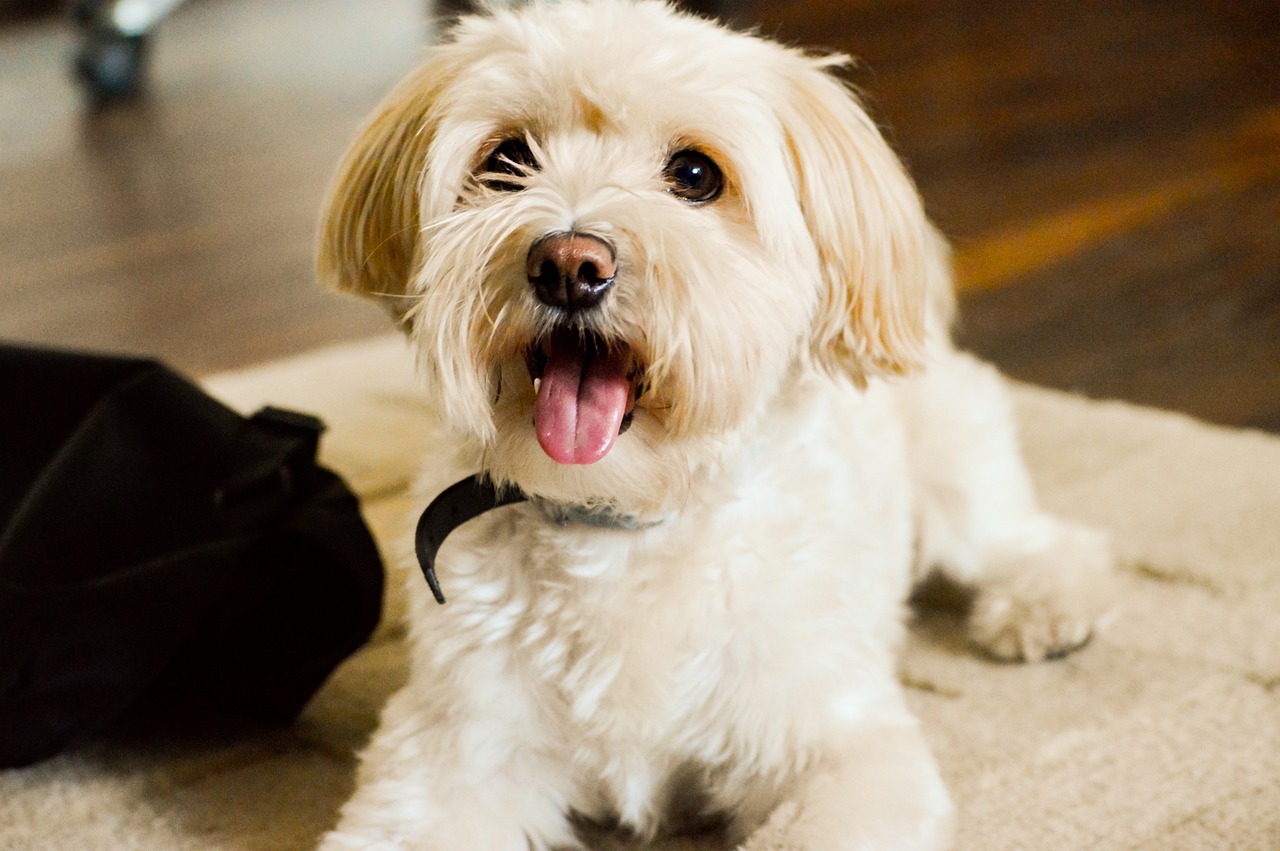Bringing a new dog into your home is an exciting experience, whether it’s a young puppy or an older rescue. One of the first and most important steps in welcoming them into your family is teaching them their name, assuming you change it to something that better fits your family. Name training, although basic, will have lasting repercussions as it influences all future training. A well-trained response to their name is the foundation of effective communication and control of your dog, making it easier to guide and protect them as you strengthen your bond.

Choosing the Right Name
For some, choosing a name is easy. For others, it can be a month-long process. It’s best to choose a name that is easy to pronounce and distinct from common commands like “sit” or “stay.” Shorter names, or those with one or two syllables, are often more effective than long, complicated ones. It’s also critical that everyone in the family agrees on the name.
Consistency is key when teaching your dog their name, so avoid changing it once you’ve started the training process. If you’ve adopted an older dog and wish to change their name, rest assured that dogs are capable of learning a new name with consistent use and positive reinforcement. Be patient and persistent – your dog will soon adapt to their new identity.
The Initial Name Training Process
Start the name training in a quiet, distraction-free environment. Similar to most other forms of training, this helps your dog focus solely on learning their name without anything else competing for their attention.
- Prepare for Training: Gather a handful of small, tasty treats your dog loves. If you’re using a clicker for training, also have that ready. Bring your dog into a quiet room with minimal distractions.
- Get Their Attention: Allow your dog to explore the room. When they’re not looking at you, cheerfully say their name. Use a positive and enthusiastic tone to make the experience pleasant for your dog. As soon as they turn towards you, click the clicker or say “yes” and immediately give them a treat.
- Repeat and Reinforce: Repeat this process several times in a short session, around 5 minutes. Try having multiple sessions throughout the day to continue building upon your efforts, using the same cheerful tone.
- Keep Sessions Short and Fun: To keep your dog interested and prevent boredom or frustration, keep training sessions brief and enjoyable. End each session when your dog successfully responds to its name and receives a reward.
Of course, most dogs will learn their names over time, but name training is a quick way to boost their knowledge and help you and your family begin working on further training as soon as possible. However, even if your dog knows its name, you should still avoid some behaviors.
Common Mistakes to Avoid
During training and the early stages of your dog’s development, they constantly take in new information to build their worldview. Making some of these mistakes during the process increases the risk of negative associations and bad behavior. Here are some mistakes you should try your best to avoid:
- Avoid Negative Associations: Never use your dog’s name in a negative context or when disciplining them. This can create negative associations, causing your dog to become hesitant or fearful when they hear their name. Use a positive tone and reinforce their name with rewards and praise during training.
- Don’t Overuse the Name: Using your dog’s name excessively can desensitize them to it. Only use their name when you want to get their attention or give a command.
- Maintain a Positive Tone: Consistently use a cheerful and enthusiastic tone when calling your dog’s name. A positive tone encourages your dog to respond happily and eagerly.
- Ensure Consistent Reinforcement: Make sure all family members use the same name and follow the same training methods. Inconsistent training and name usage can confuse your dog and limit the effectiveness of training.
Gulf Coast K9 Dog Training is dedicated to helping Florida dog owners strengthen their bond with their pets and help them on their training journey. To learn how we can help, contact us today.




